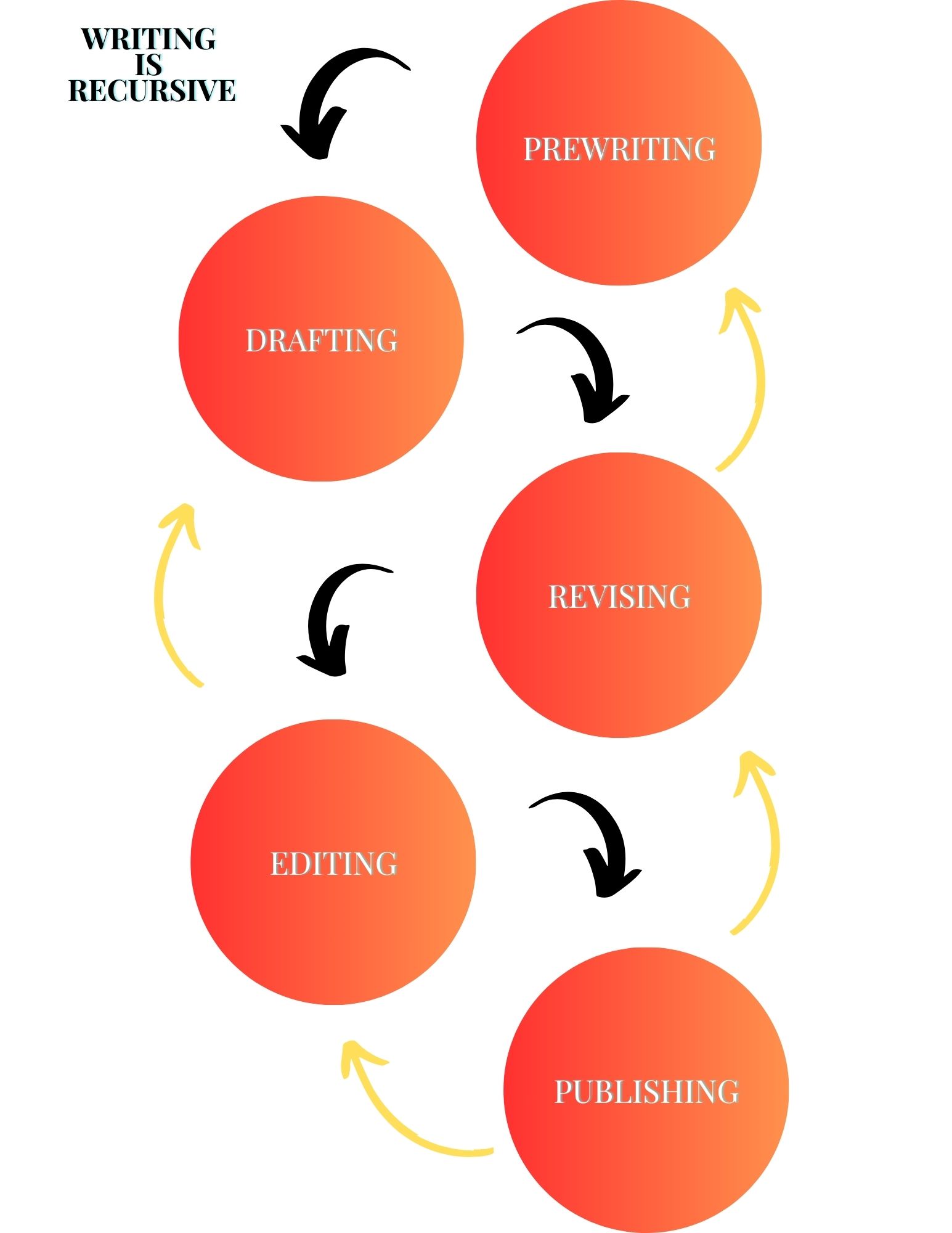I recently reread “The Raven” by Edgar Allan Poe and (I do not have to tell you) it’s a remarkable poem every time I pick it up. I also listened to Sir Christopher Lee read it (the evil, dulcet tones of Saruman from The Lord of the Rings are just really effective), which is fantastic (I’ll post it below).
The introduction itself (Once upon a midnight dreary, while I pondered weak and weary …) is so iconic and mechanically sound that one has to wonder if a divine creature gifted this line to Poe or if it was just his genius invention (it must of been considering the wealth of excellent material he wrote).
But, outside of my pure admiration for this piece, let us get into why “The Raven” by Poe is so gosh darn good.
Details and Background
Poe’s “The Raven” was published in January 1845 in the Evening Mirror and details a chattery raven’s ambitious efforts to drive a forlorn narrator (or man or student) insane by entering his room one night and speaking a single word.
“Nevermore.”
Sitting on a bust of Pallas (Athena), the raven caws the word ad nauseum to the point of frustration, even though at first the narrator thinks the raven is some messenger from God due to the loss of his love, Lenore.
Soon, the narrator has a change of disposition toward the raven, as he no longer feels it is from God and decides it is a “prophet” and “thing of evil” for its endless, three-syllable recital.
The escalation of the narrator’s terror and madness is my favorite part other than that brilliant introduction, and Poe nails it with this passage:
_____
“Be that word our sign of parting, bird or fiend!” I shrieked, upstarting—
“Get thee back into the tempest and the Night’s Plutonian shore!
Leave no black plume as a token of that lie thy soul hath spoken!
Leave my loneliness unbroken!—quit the bust above my door!
Take thy beak from out my heart, and take thy form from off my door!”
Quoth the Raven “Nevermore.”
The Raven | Edgar Allan Poe
____
At the very end, the narrator falls to his own madness, unable to escape the memories and sadness of his lost love and the torment that was brought on him by the sadistic raven.
Poe sums this up perfectly with the last section of the poem:
____
“And his eyes have all the seeming of a demon’s that is dreaming.
And the lamp-light o’er him streaming throws his shadow on the floor;
And my soul from out that shadow that lies floating on the floor
Shall be lifted—nevermore!”
The Raven | Edgar Allan Poe
____
Construction
The poem is in trochaic octameter (eight trochaic metrical feet per line), which is constructed in 18 stanzas of six lines each. Each foot has a stressed syllable that is followed by one unstressed. Poe’s poem has “five lines of trochaic octameter followed by a short half line)” (Wikipedia).
Lasting Impressions
So many of us (if not all of us) have at one time read this musical poem that dances across each line with such ease it is actually a little scary (and rightfully so!). And, it goes without saying that much positive praise has been written about this fantastic poem.
There are mountains of praise for this piece if you go looking for it and it is justifiably one of the most famous, well-written poems of all time, and it is perfect for October!
Author and write Dana Gioia states on his website that “The Raven” presents readers with an unforgettable narrative and that is one secret to its enduring legacy.
He writes:
“It is a narrative of haunting lyricality, to be sure, but its central impulse is to tell a memorable story,” he states. “The hypnotic swing of the trochaic meter, the insistent chime of the internal rhymes, and its unforgettable refrain of ‘Nevermore’ provide each stanza with a song-like intensity …”
If it has been a while, I recommend you pluck it off your shelf and give it a read because it is perfect for this witchy season!
Works Cited
Gioia, Dana. “On Edgar Allan Poe’s ‘The Raven’.” Danagioia.com. Poetry for Students, Volume 1 (Gale 1998). Web.
Wikipedia.com/theraven







